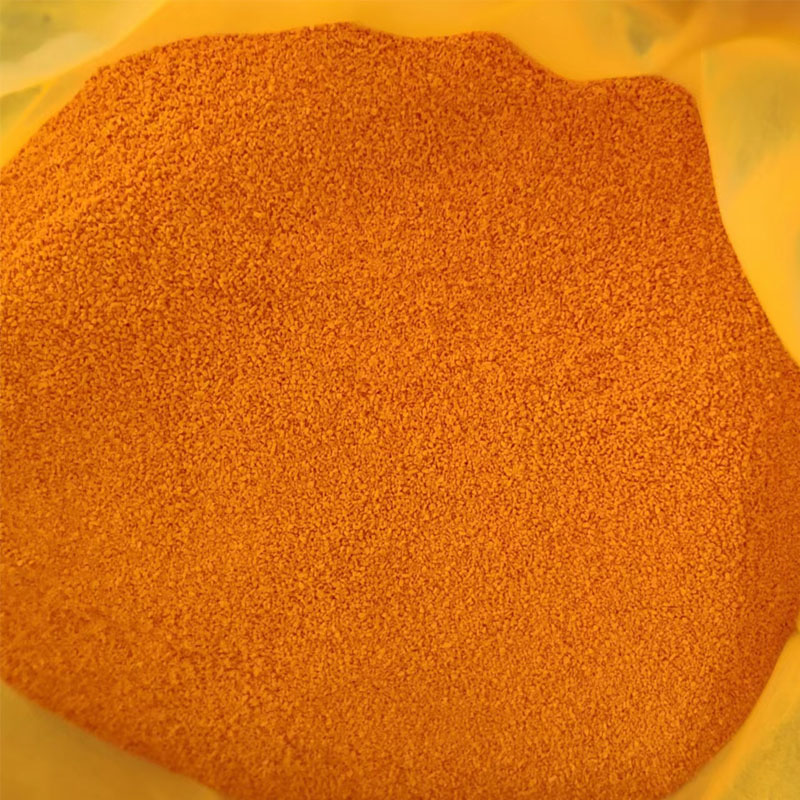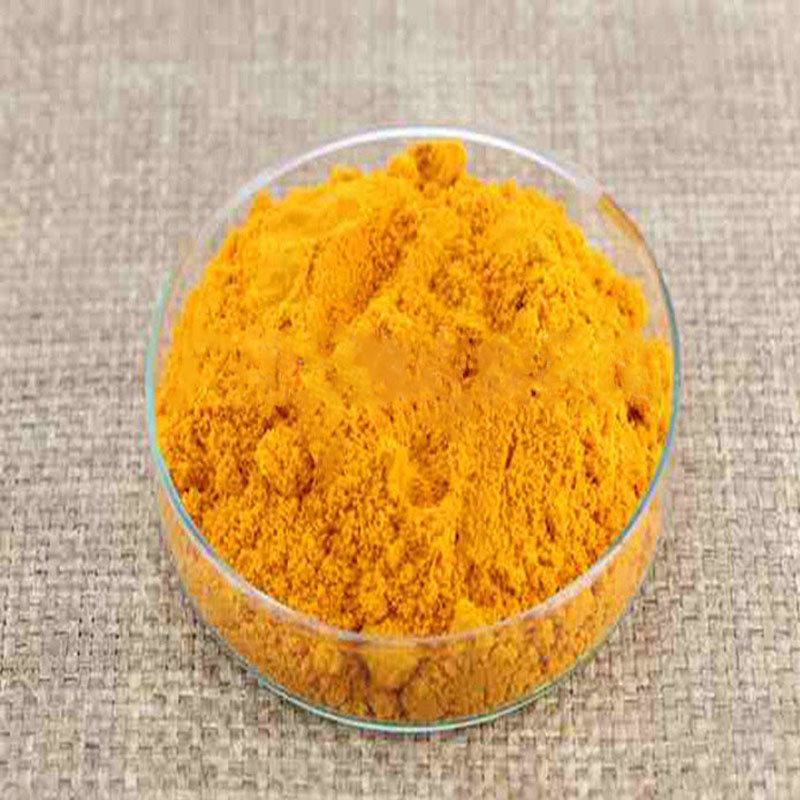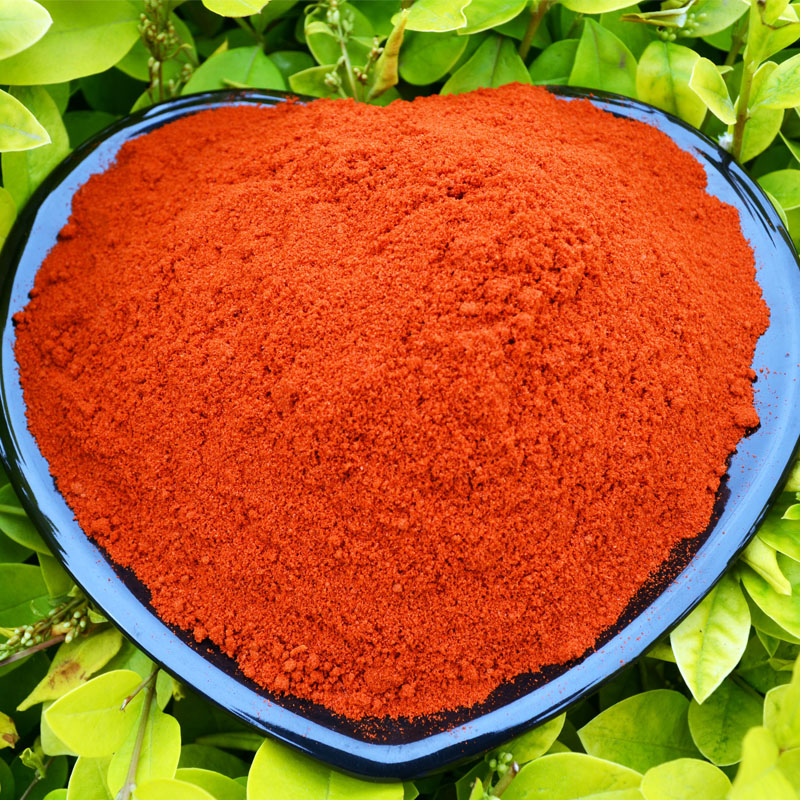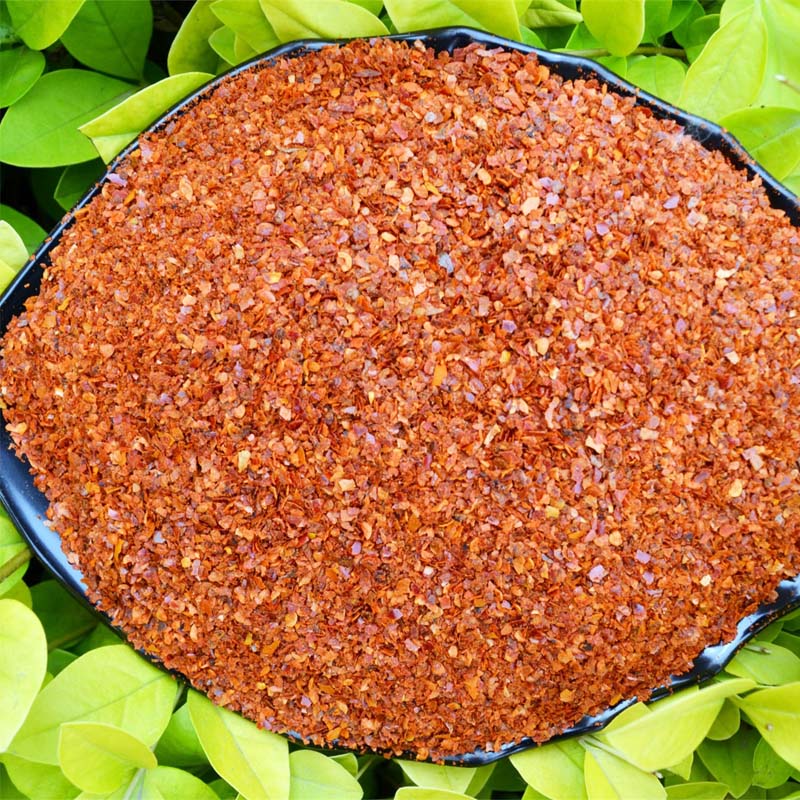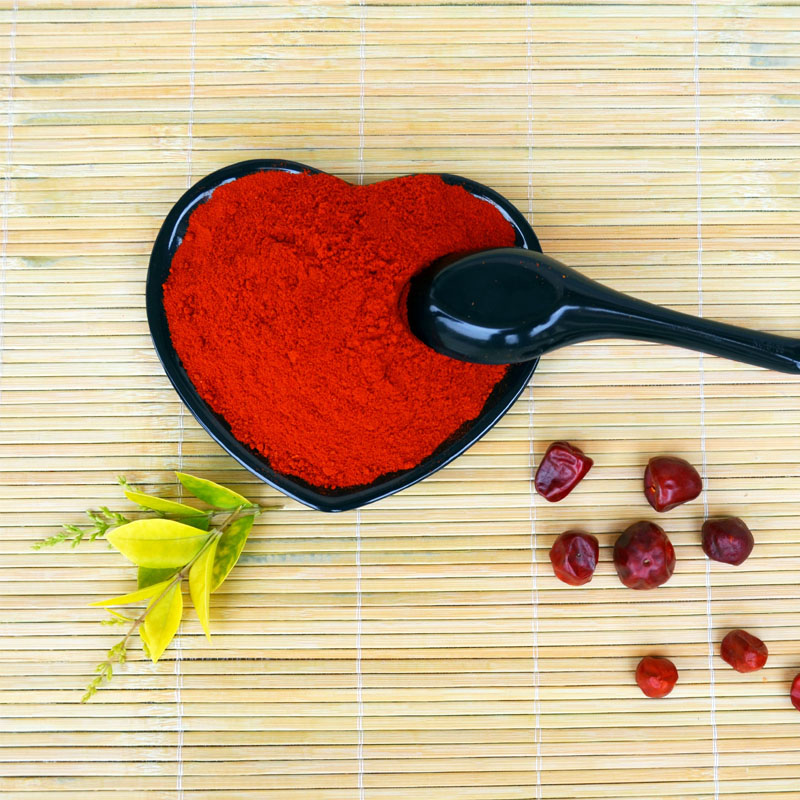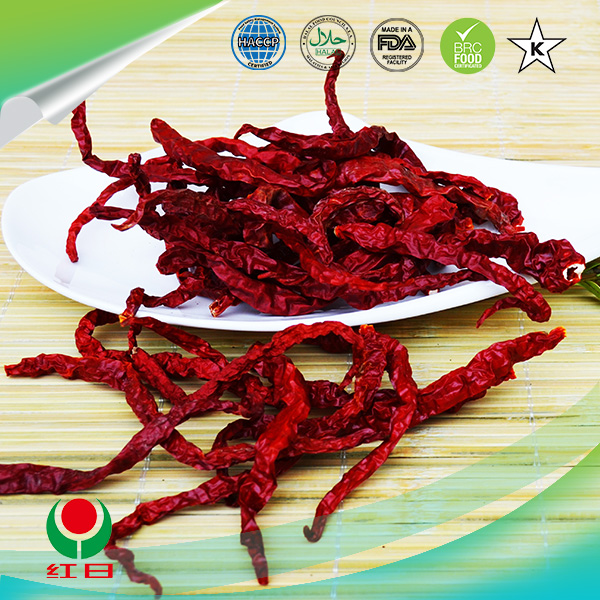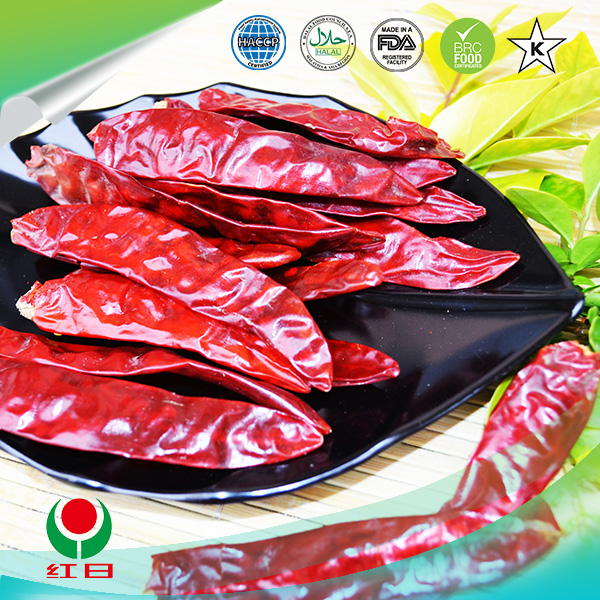- No. 268 Xianghe Street, Economic Development Zone of Xingtai city, Hebei 054001 China
- Byron@hbhongri.cn
the spice paprika
The Spice of Life Paprika
When one thinks of spices, paprika often comes to mind as a vibrant, paprika-red powder that adds both color and flavor to a variety of dishes. Originating from Central America and later popularized in Europe, particularly Hungary and Spain, paprika is derived from the ground dried fruits of Capsicum annum, a variety of pepper. Its rich history and diverse applications make it an essential ingredient in kitchens around the world.
Paprika is not only prized for its distinct flavor, which ranges from sweet to smoky to hot, but it also possesses a captivating visual appeal. The striking red hue can transform ordinary dishes into culinary masterpieces, making it a favorite among chefs and home cooks alike. The most common varieties include sweet, smoked, and hot paprika, each offering a unique taste profile. Sweet paprika contributes a mild sweetness, making it ideal for sauces and stews, while smoked paprika adds a deep, earthy flavor perfect for grilled meats and vegetables. Hot paprika, on the other hand, packs a punch and is often used in spicy dishes.
The Spice of Life Paprika
Beyond its culinary uses, paprika holds significant health benefits. It is rich in vitamins A and E, providing antioxidant properties that can help in combating oxidative stress in the body. Additionally, paprika contains capsaicin, which has been associated with various health benefits, including pain relief and improved metabolism. The spice has even been linked to enhanced circulation and improved immune function, making it not just a flavor enhancer but also a nutritious addition to one’s diet.
the spice paprika
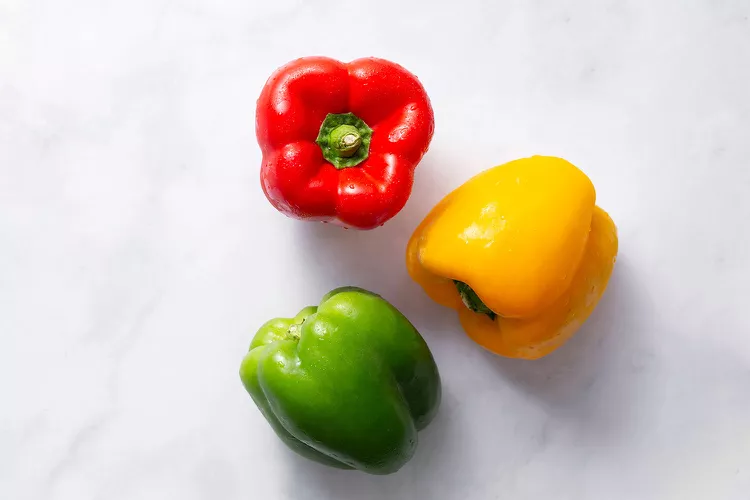
In the world of culinary arts, paprika also serves as a star ingredient in many iconic dishes around the globe. For instance, the Hungarian dish, chicken paprikash, features chicken simmered in a sauce made with paprika, sour cream, and onions, creating a rich and creamy comfort food staple. In Spain, the famous patatas bravas—fried potatoes served with a spicy tomato sauce—are often seasoned with paprika to elevate the dish’s profile. Its inclusion in recipes adds a layer of complexity, enticing the palate and inviting experimentation.
The allure of paprika goes beyond taste; it carries cultural significance as well. In Hungary, the spice is so revered that it is often referred to as the heart of the nation. Lauded for its quality, Hungarian paprika, particularly the varieties known as édesnemes (noble sweet) and félédes (semi-sweet), are recognized by many as some of the finest in the world. This cultural reverence is celebrated through festivals, cooking competitions, and culinary classes, promoting a deeper appreciation for this spice and its many forms.
As we embrace globalization, paprika finds its way into an increasing number of cuisines, reflecting the evolving dynamics of food culture. Home cooks experiment with various forms and techniques, showing that paprika is a gateway to creativity in the kitchen. Whether it’s sprinkling it over roasted vegetables, blending it into dressings, or using it as a base for sauces, paprika's charm is undeniable.
In conclusion, paprika is more than just a spice; it is a vibrant tapestry of flavor, culture, and health benefits. Its versatility and rich history continue to inspire cooks worldwide, making it an essential component of many beloved dishes. Whether you are a culinary novice or an experienced chef, incorporating paprika into your cooking can open up a world of delicious possibilities, reminding us all that sometimes, the simplest ingredients can lead to the most extraordinary experiences. So, the next time you reach for that paprika jar, know that you are not just adding a spice; you are celebrating a piece of global heritage on your plate.
-
Unlock the Power of Capsicum Frutescens Fruit Extract – A Flavorful Boost for Your Products!NewsJul.22,2025
-
The Vibrant World of Powder Paprika – Unlock Flavor and Color in Your DishesNewsJul.22,2025
-
The Golden Power of Turmeric Root Powder – A Superfood for Every Kitchen!NewsJul.22,2025
-
Ignite Your Dishes with Crushed Red Chilli – A Spicy Delight Awaits!NewsJul.22,2025
-
Explore the Golden Benefits of Turmeric Powder – A Superfood for Every Kitchen!NewsJul.22,2025
-
Discover the Richness of Paprika Food – A Flavorful Journey Awaits!NewsJul.22,2025
